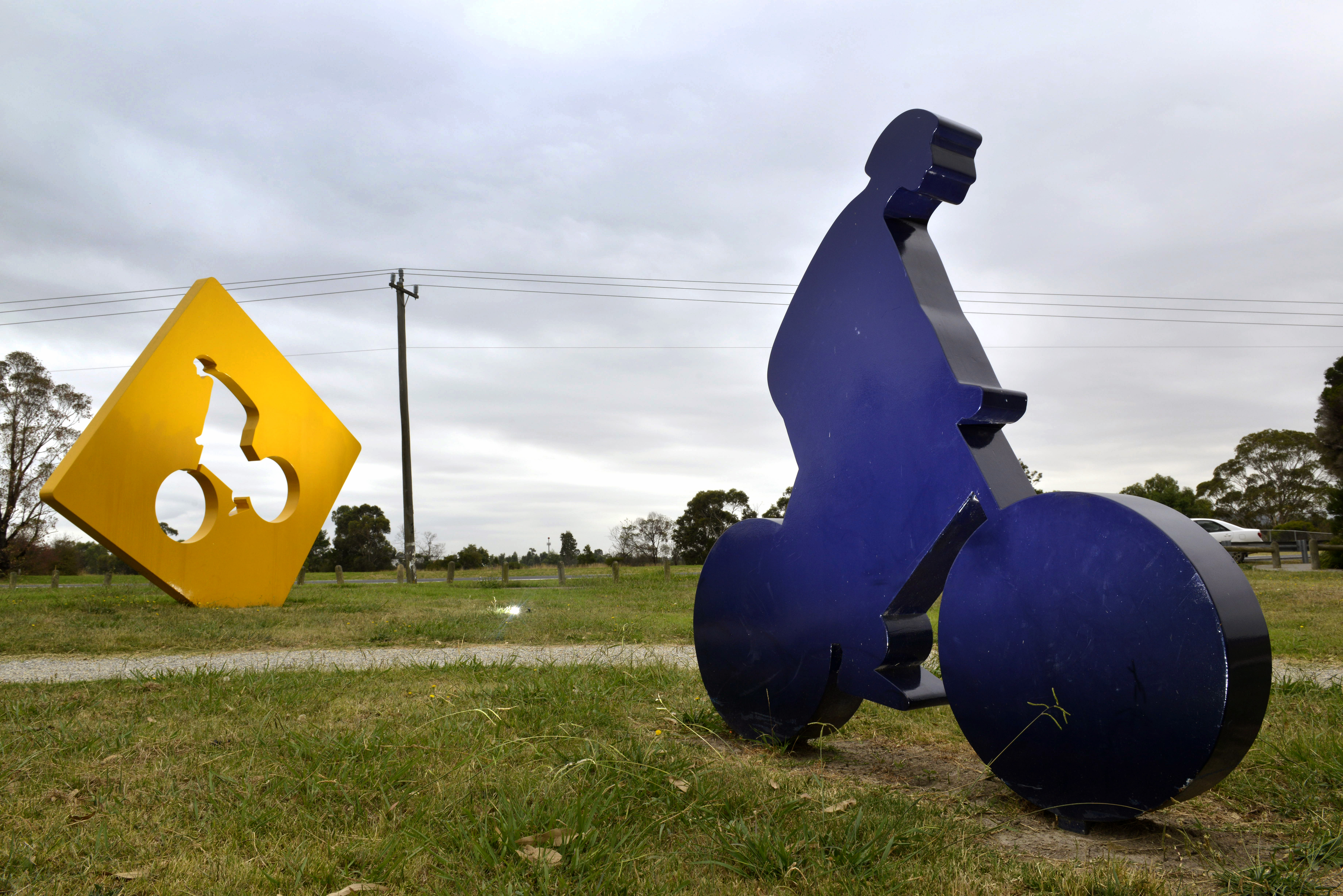My fascination with trains began when I was a child when my late father Rowland Archer of ‘Ryecroft’ Lyndhurst took me in his spring cart to the Lyndhurst railway station to send milk in cans to the Stud Road Dandenong Butter Factory.
I loved the hiss of the giant steam engine, which pulled the goods trains and also watched the firemen at work with the coal.
Later, I travelled in a carriage for students from Kooweerup behind a goods train, and we used to then walk up Robinson Street, Dandenong, along the highway to Hemmings Park, across the bridge over the busy Princes Highway to Dandenong High School.
Mrs Bolton was the station mistress in residence at the Lyndhurst railway station, and if we rode our pushbikes to the station she would guard them during the day.
It was interesting to read in a yellowed, tattered page of the Dandenong Journal that: “It’s been an interesting 100 years since 1879 when the railway line opened between Melbourne and Dandenong and there were two trains a day each way”.
The railway line from Dandenong to Tooradin was opened on 7 September 1888. On 21 November 1888 Dandenong’s railway station was becoming busier and the platform was doubled in length.
In 1890, there was no Sunday trains on the Dandenong line. In December of that year, 150 people attended a public meeting to push for Sunday trains. By 1921, there were eight trains a day each way.
In May 1889 another step forward was the announcement that a “refreshment room” for the sale of tea and coffee was to be established at the station.
In 1921, the electrification of the line was completed and the service was increased to 25 trains a day each way while the travelling time was cut from 58 minutes to 44.
BICYCLE ART
Did you know that among its many eye-catching and striking features, the City of Greater Dandenong is graced with a bike path sculpture?
I didn’t until I read an article in the Gipps-Land Gate magazine published by the Dandenong and District Historical Society about the sculpture, called Freedom Cycle, in Falkiner Reserve.
The then mayor Cr Roz Blades had the pleasure of launching the sculpture in 1999. Artist Grant Finck said the sculpture was designed to reflect the freedom offered to cyclists by the path.
He also said that he wanted the path to express the relationship between community and environment.
The scultpure took eight weeks to construct and Finck employed an assistant, Mr Oliver Anderson.
The piece has an overall height of four metres and weighs some 900 kilograms and has an internal frame clad with three millimetre sheet steel and painted with a polyurethane finish.
Both sculpture components are bolted to a concrete foundation.
It is located near Heatherton Road.
Grant Finck lived in Dandenong in the 1960s and attended Dandenong Primary School.
A childhood fascination with trains still lingers

Digital Editions
-

Vinnies opens new soup van hub to tackle food insecurity in Melbourne’s South East
A new Vinnies Soup Van hub has opened in Hallam, marking a new initiative in tackling growing food insecurity in Melbourne’s South East. The new…





